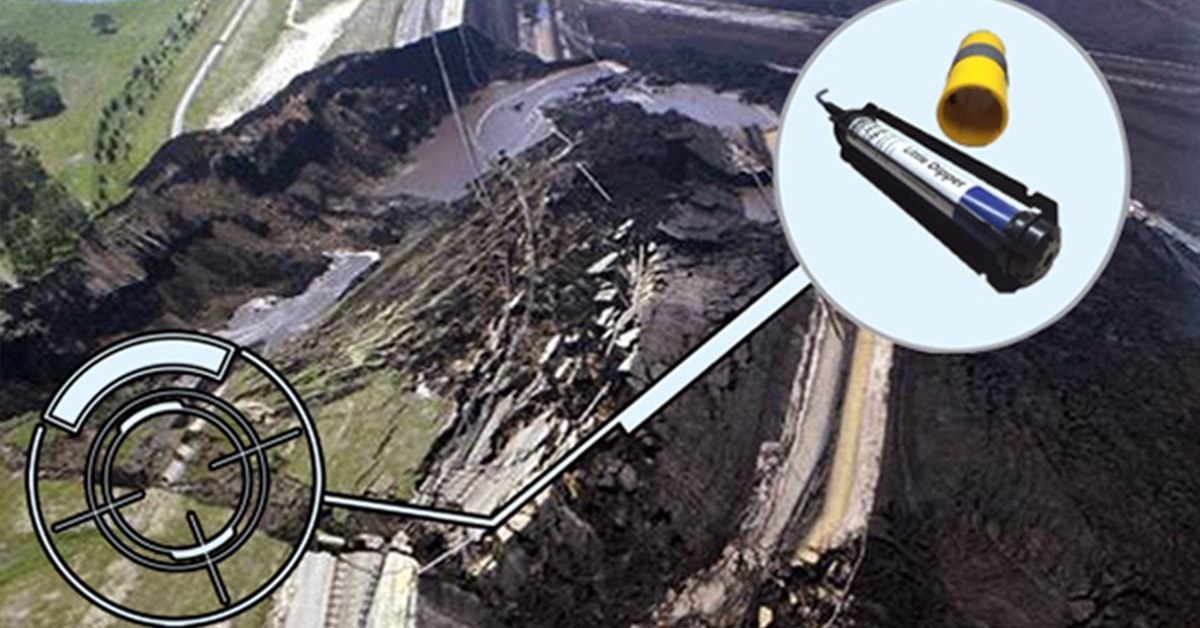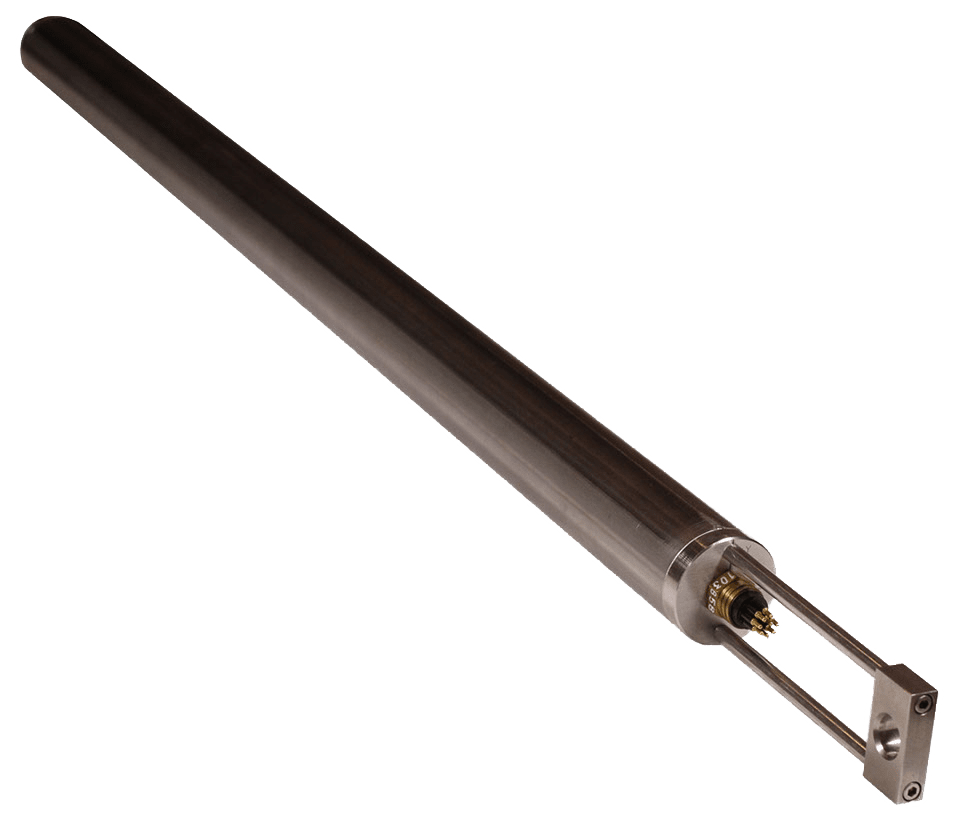You’ve been assigned to track the stability of a new underground tunnel system that is going to revolutionize the infrastructure of a large city with a quickly growing population. For this project, you’ll need to insert sensors within boreholes to track the sediment activity surrounding the tunnel walls. You need to determine which kind of sensor to use and that decision all depends on the nature of your project.
Option 1: Little Dipper Inclinometer
One option is the Little Dipper inclinometer. A series of multiple sensors are typically strung together and inserted into each borehole. Whenever there is sediment movement, each sensor acts as a pivot point and displacement is detected by the sensor’s positioning relative to the others in line.
Little Dipper Applications
This inclinometer system measures with a resolution of a few hundredths of a degree in order to detect significant tilt movement. It’s also rated to around 50 meters in depth, for environments that are closer to the surface. It has been used to monitor infrastructure, predict landslides and monitor embankments.
Option 2: Lily Borehole Tiltmeter
A second, more robust, option for monitoring ground movement is a Lily borehole tiltmeter. With stainless steel and titanium housing options, it can be plunged to as much as 5,000 PSI (approximately 3,500 meters) in depth. It’s also intended to measure much more subtle increments of tilt with a resolution to 5 nanoradians. Imagine connecting a string from New York City to San Francisco (4,000 km) and raising one end by 20 mm. That’s an angle of 5 nanoradians!
Borehole Tiltmeter Applications
With high sensitivity and durability, the borehole tiltmeter is used by geophysicists to monitor volcanic activity and tectonic research. For example, the Lily is used on the Pacific Ocean floor to monitor an undersea volcano.
What’s the Solution?
For the example given at the beginning of this post, an in-place inclinometer such as the Little Dipper, is the correct solution based on the project requirements. The tunnel will not be at a significant depth, the sensors will need to detect more significant increments of tilt and will not require heavy-duty housing. The Little Dipper is also a much lower cost solution which is helpful for when large quantities are needed.
For more complex requirements, many tiltmeter models can be customized. Talk to a sensor expert to learn more.



